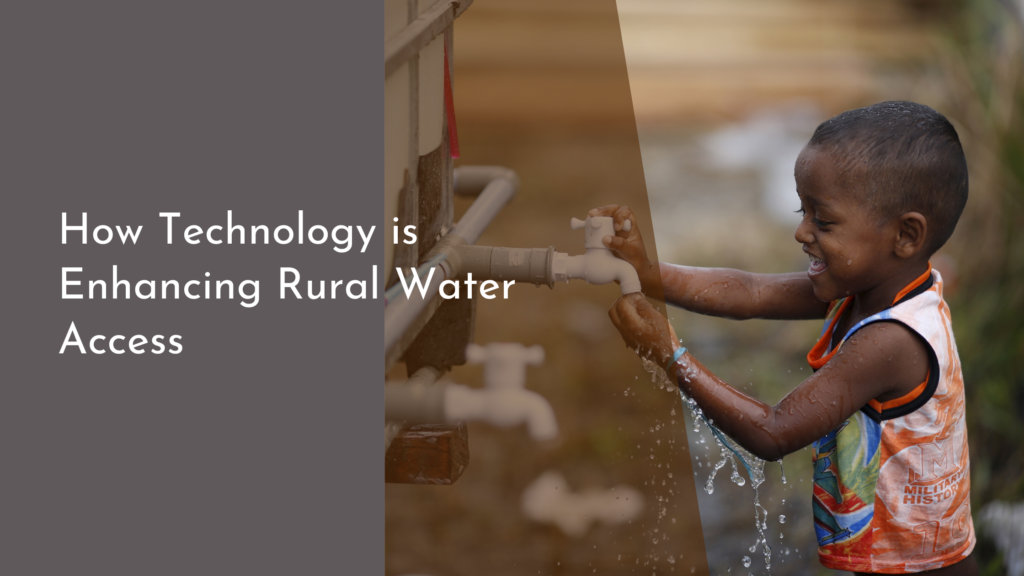Large-Scale Rainwater Harvesting Models for Smart Cities
In an era marked by rapid urbanization and climate change, cities around the world are striving for sustainability while enhancing the quality of life for their residents. One innovative approach that is gaining traction is large-scale rainwater harvesting, which not only conserves water but also helps mitigate urban flooding and alleviates pressure on existing water resources. Smart cities are at the forefront of this movement, leveraging technology to create efficient and effective rainwater management systems that contribute to environmental resilience and social well-being. This article delves into the various models and benefits of large-scale rainwater harvesting that are transforming urban water management in smart cities.
Embracing Sustainability: The Rise of Smart Rainwater Harvesting
As cities grapple with the challenges posed by climate change, the concept of smart rainwater harvesting has emerged as a beacon of hope. This sustainable practice involves collecting and storing rainwater for various uses, including irrigation, toilet flushing, and even potable water supply when treated appropriately. By embracing these systems, cities can significantly reduce their reliance on centralized water supply networks, thereby enhancing their resilience against drought and other water-related challenges. Smart rainwater harvesting integrates advanced technologies such as IoT sensors and data analytics to monitor and manage water levels, ensuring optimized usage and minimal waste.
Moreover, the rise of smart rainwater harvesting is closely tied to the broader movement towards sustainable urban design. Cities are increasingly adopting green infrastructure solutions, such as permeable pavements, green roofs, and rain gardens, which facilitate rainwater absorption and management. This holistic approach not only helps control stormwater runoff but also enhances urban aesthetics and biodiversity. As communities recognize the importance of sustainable practices, large-scale rainwater harvesting systems are gaining momentum, laying the groundwork for a greener, more resilient future.
Innovative Models Transforming Urban Water Management
Innovative rainwater harvesting models are being implemented in smart cities across the globe, showcasing a variety of approaches tailored to local needs. For instance, decentralized systems allow individual buildings or neighborhoods to capture rainwater effectively, reducing the burden on centralized infrastructure. These systems often employ smart meters and remote monitoring technologies, allowing residents and local authorities to track water usage and maintenance needs in real-time. Such proactive management ensures that water is used efficiently while also promoting awareness and community engagement.
In addition to decentralized models, citywide initiatives are being launched that integrate rainwater harvesting into urban planning. These comprehensive strategies consider factors such as climate patterns, population density, and existing infrastructure to create robust, interconnected systems. For example, Melbourne, Australia, has implemented a city-wide rainwater harvesting program that includes retrofitting existing buildings and creating public rainwater gardens. The result is a multifaceted approach that not only captures rainwater but also transforms urban landscapes into vibrant, green spaces.
How Smart Cities Optimize Rainwater for Future Resilience
Smart cities are uniquely positioned to leverage technology in optimizing rainwater harvesting practices. Advanced data analytics and predictive modeling enable urban planners to analyze historical rainfall patterns and forecast future weather events. By understanding these trends, cities can design rainwater harvesting systems that are better suited to manage expected rain volumes, thus enhancing their capacity to mitigate flooding and supply water during dry spells. This data-driven approach not only maximizes resource efficiency but also fosters a culture of adaptability in urban water management.
Furthermore, the integration of smart technology into rainwater harvesting systems facilitates real-time monitoring and automation. For instance, sensors can detect water levels and quality, automatically adjusting pumps and valves to streamline water distribution. This efficiency not only reduces operational costs but also ensures that harvested rainwater is used responsibly and effectively. As cities continue to innovate and invest in these technologies, they are building a resilient future where water management is sustainable, efficient, and responsive to the needs of their communities.
Benefits of Large-Scale Harvesting: A Win for Everyone!
The benefits of large-scale rainwater harvesting extend far beyond the immediate need for water conservation. By capturing and utilizing rainwater, cities can significantly reduce their vulnerability to flooding, which is particularly crucial in areas experiencing increased rainfall due to climate change. Larger rainwater harvesting systems can also enhance local ecosystems by reducing stormwater runoff that typically pollutes waterways, thereby improving water quality and supporting biodiversity. The positive environmental impact of these systems creates a healthier urban environment for residents and wildlife alike.
Moreover, large-scale rainwater harvesting can lead to economic benefits for cities and their inhabitants. By reducing reliance on expensive water supply networks, municipalities can save on operational costs, allowing for reinvestment in other critical infrastructure projects. Additionally, residents can experience lower water bills and increased access to water resources, particularly in underserved areas. The collective advantages of large-scale rainwater harvesting not only promote sustainability but also foster community resilience, making it a win for everyone involved.
Large-scale rainwater harvesting models represent a transformative step towards more sustainable and resilient urban environments. As smart cities continue to innovate in this field, the integration of advanced technologies and community engagement will be essential in maximizing the potential of rainwater as a valuable resource. The journey toward sustainability is a collaborative effort that benefits not just the cities themselves, but all residents and ecosystems within them. By embracing large-scale rainwater harvesting, we are paving the way for a brighter, greener future where urban living harmonizes with nature.

